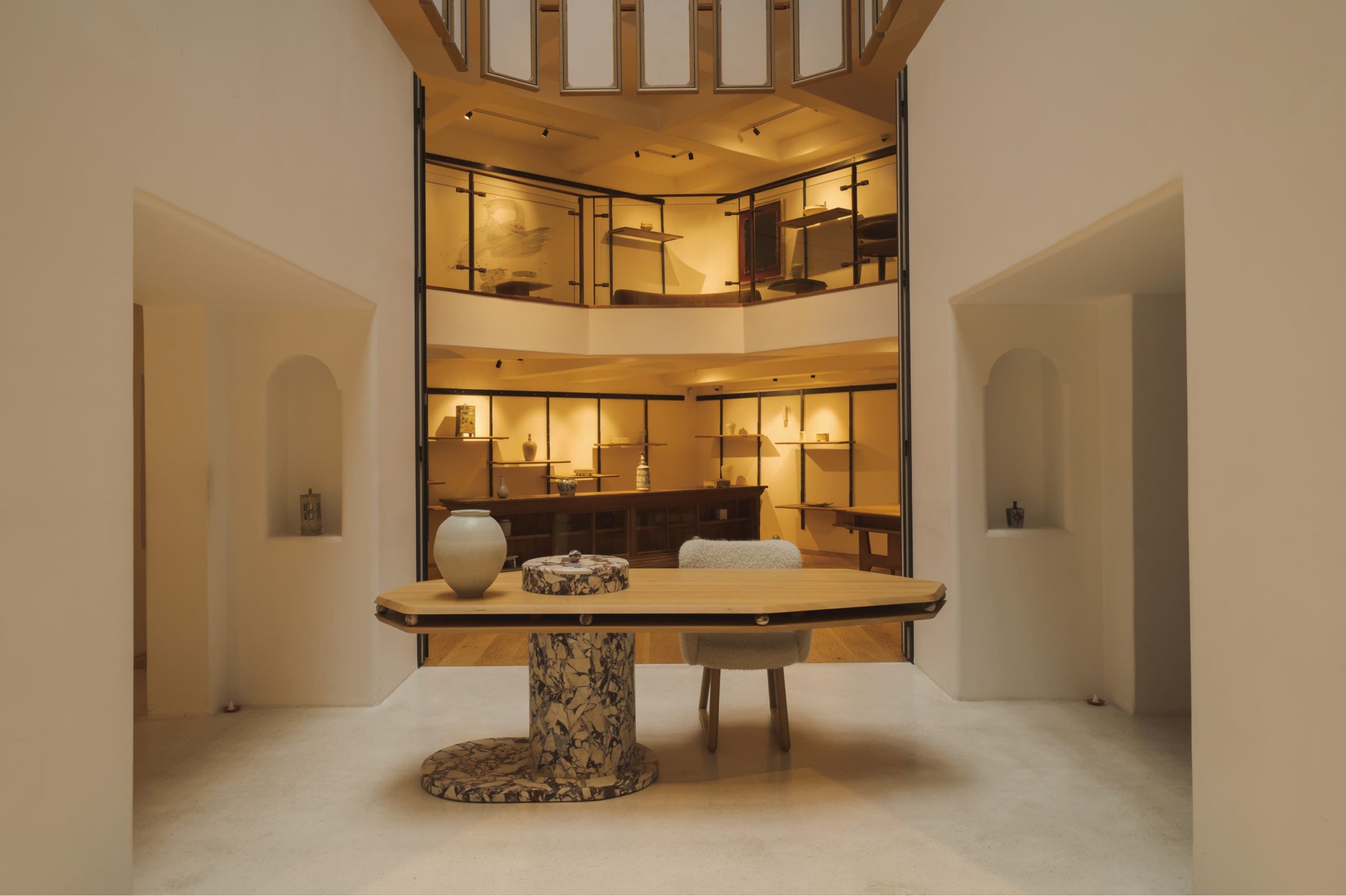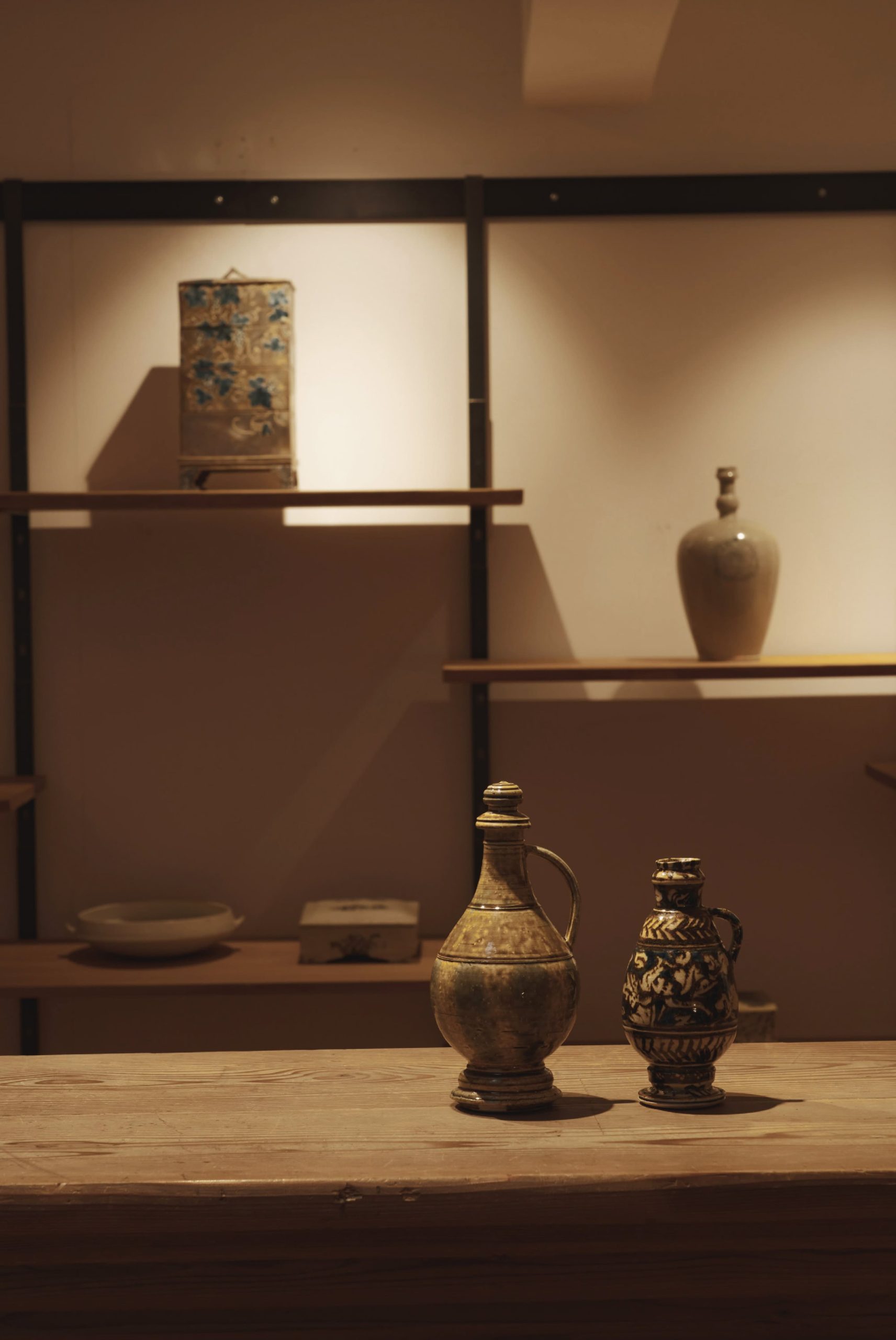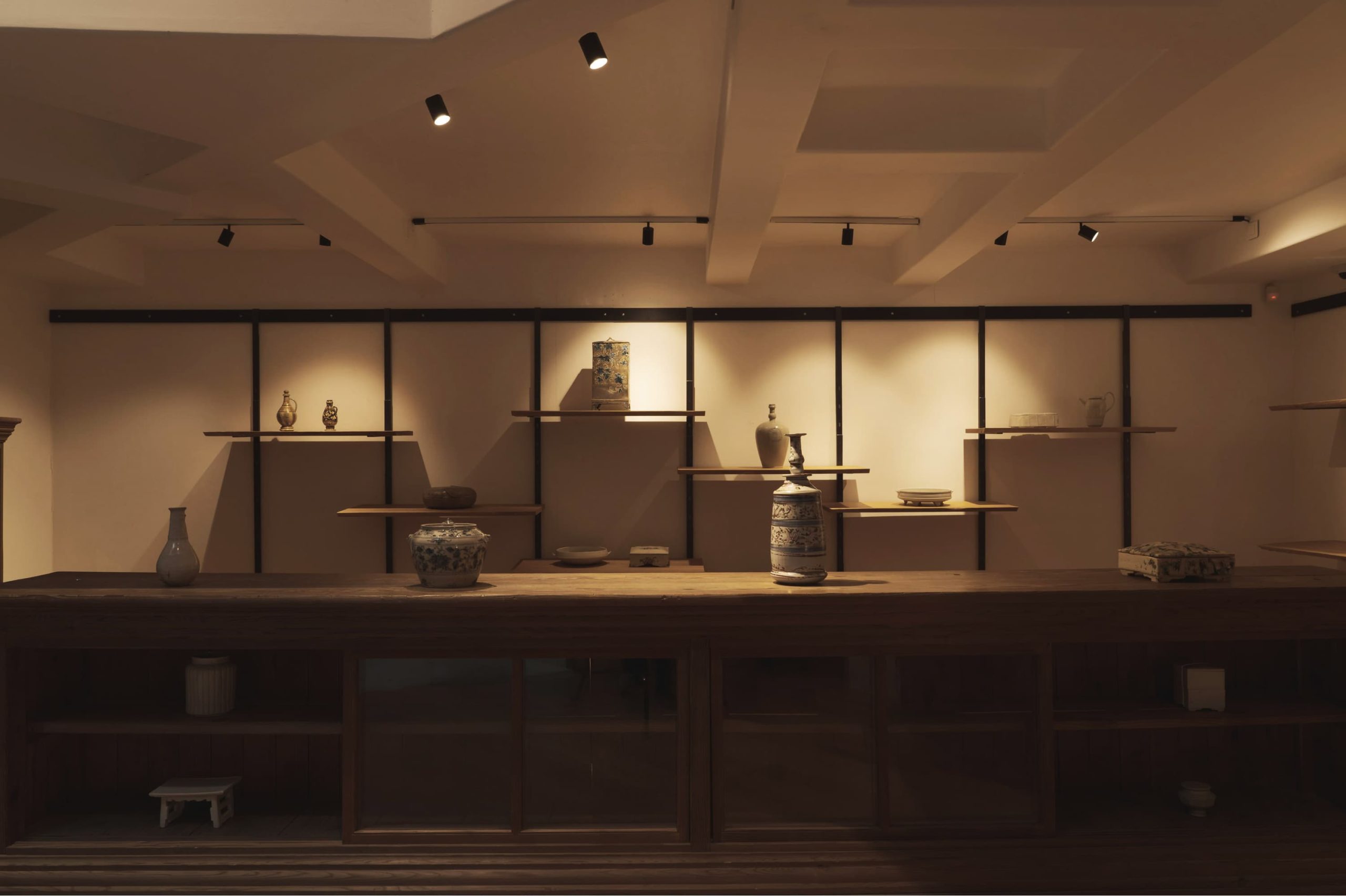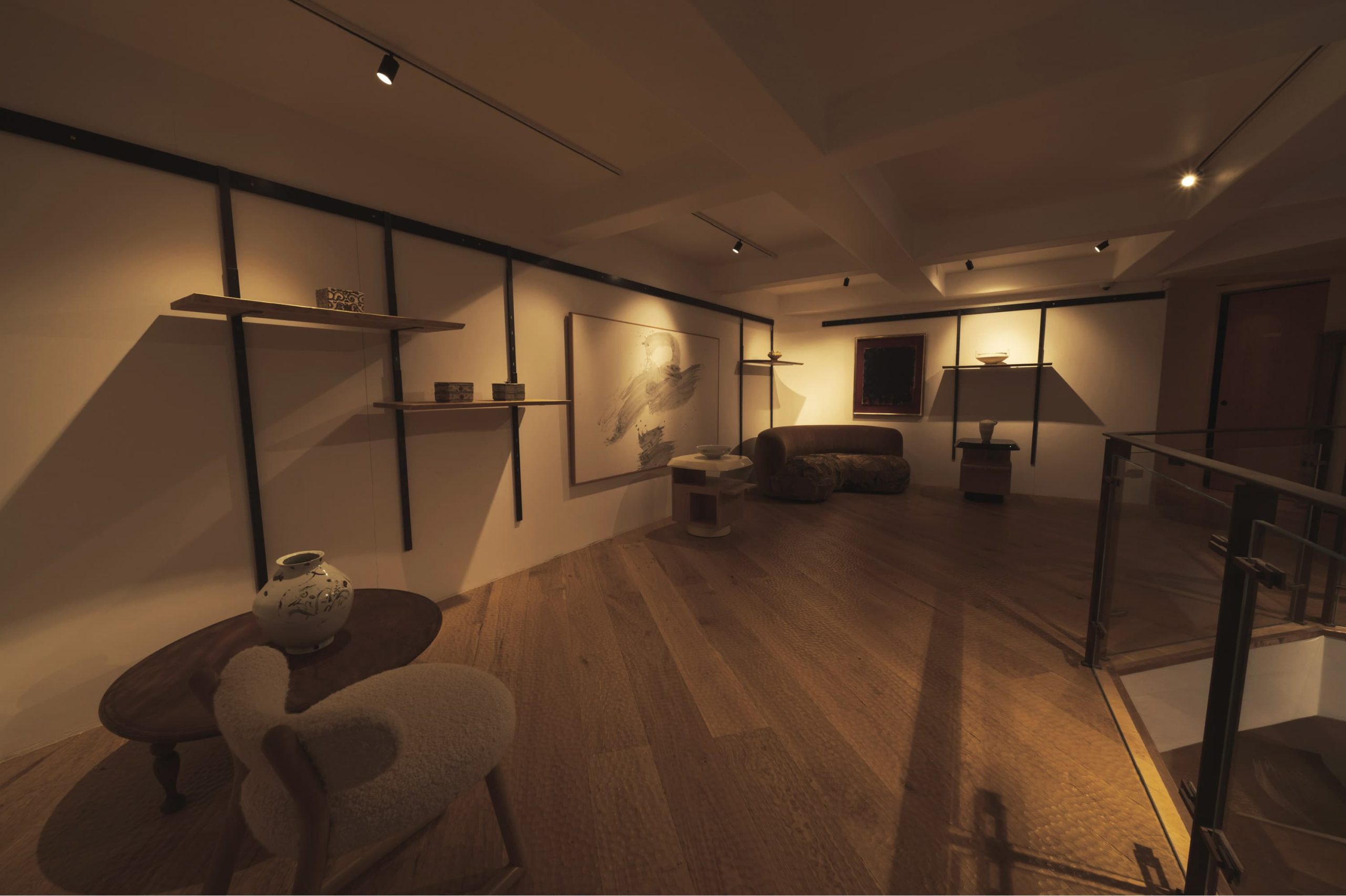




For the first time in France, OGATA and Pierre Augustin Rose present a wide selection of works by potter Oka Shingo. An outstanding potter based in the Karatsu region (Saga prefecture) on the southern island of Kyūshū, Oka is in no way a prisoner of the forms that have made the pottery of this region famous. His spontaneous creation freely mobilizes the most diverse historical styles, both in the shaping of pottery and glazing techniques. While firmly rooted in traditional techniques, his work is also liberated from all stylistic paradigms. It is the expression of the continuous research carried out by Oka on the forms, functions and future of contemporary pottery.
Born in 1958 on the island of Kyūshū in Sasebo (Nagasaki prefecture), Oka Shingo trained in Arita (Saga prefecture) before working in various kilns in the region. It was in 1993 that he became an independent artist in Nishi Arita. In 2003, he opened his kiln in Karatsu (Saga prefecture), which he named Tenpyōgama. The considerable diversity of his creations attests to his perfect mastery of all pottery forms and techniques. Nevertheless, the style of Oka Shingo is immediately recognizable: imposing shape of the pottery, liveliness of each brush stroke of glaze, attention paid to the function of the object. Prolific, his work is frequently exhibited across Japan, and his creations used in many distinguished restaurants. Oka is also an educator, generously sharing his knowledge to his many successive disciples while nurturing their independent styles. He is also involved in producing collections with local manufacturers, in order to ensure their sustainability through the renewal of their production.
Protean spontaneity
The abundant creation of the potter Oka Shingo is confusing. Contrary to a fixed vision of pottery, its creative spontaneity seems freed from any pre-established notion of style. Each work bears a traditional-looking title: “Two-tiered box with Yōraku celadon patterns”, “Sangkhalok-style censer with iron-pigment patterns”, “Annam-style vase with bright red floral patterns with a handle in the shape of a dragon”… But this simple list attests to the astonishing originality of Oka, creator of forms: all the fields of application of pottery (kitchen and tea utensils, containers for incense, but also the art floral) are mobilized, while the most diverse techniques and styles are freely employed and merged. Traditional paradigms in shaping the land are limited; so are the established styles in the land application. Or Oka alternately applies painted patterns, indigo patterns, plain glazes or Annam style to stylistically independent forms of each of these glazes. The result is an explosion of colors, an impression of freshness born of the unexpected encounter between a form and glaze, and an immediately recognizable style. Naturally, this skillful dosage freed from pre-established recipes is also implemented in the very composition of the earths: Oka prepares composite earths and porcelains of which he has the secret, favoring a soft texture in harmony with the dimensions and functionality of each piece. .
Sensitivity and traditions
This abundant spontaneity, Oka explains it by his work discipline: whatever his condition, he produces. If certain strong works brilliantly attest to his unique status as an inspired potter in the perfect mastery of his technical and stylistic means, others suggest new research carried out in doubt, or even suspect a certain incompleteness. An ordinary potter hands over these pieces, imperfect witnesses of a long process leading to the finished final work. But for Oka, these pieces are works in their own right: despite their unexpected appearance, they are technically perfect and give rise to other possible paths in his creative universe. This spontaneous creative process, informed by a deep knowledge of classical styles and a perfect mastery of the scientific foundations of pottery techniques, Oka describes in Japanese with a neologism: imagamama (“according to the moment”).
Spontaneity nourished by an acute sensitivity in the renewal of traditional forms. This guiding principle echoes the mission of OGATA. It also reminds us that in their time, the classics were fundamentally innovative.
En collaboration avec Pierre Augustin Rose
![]()